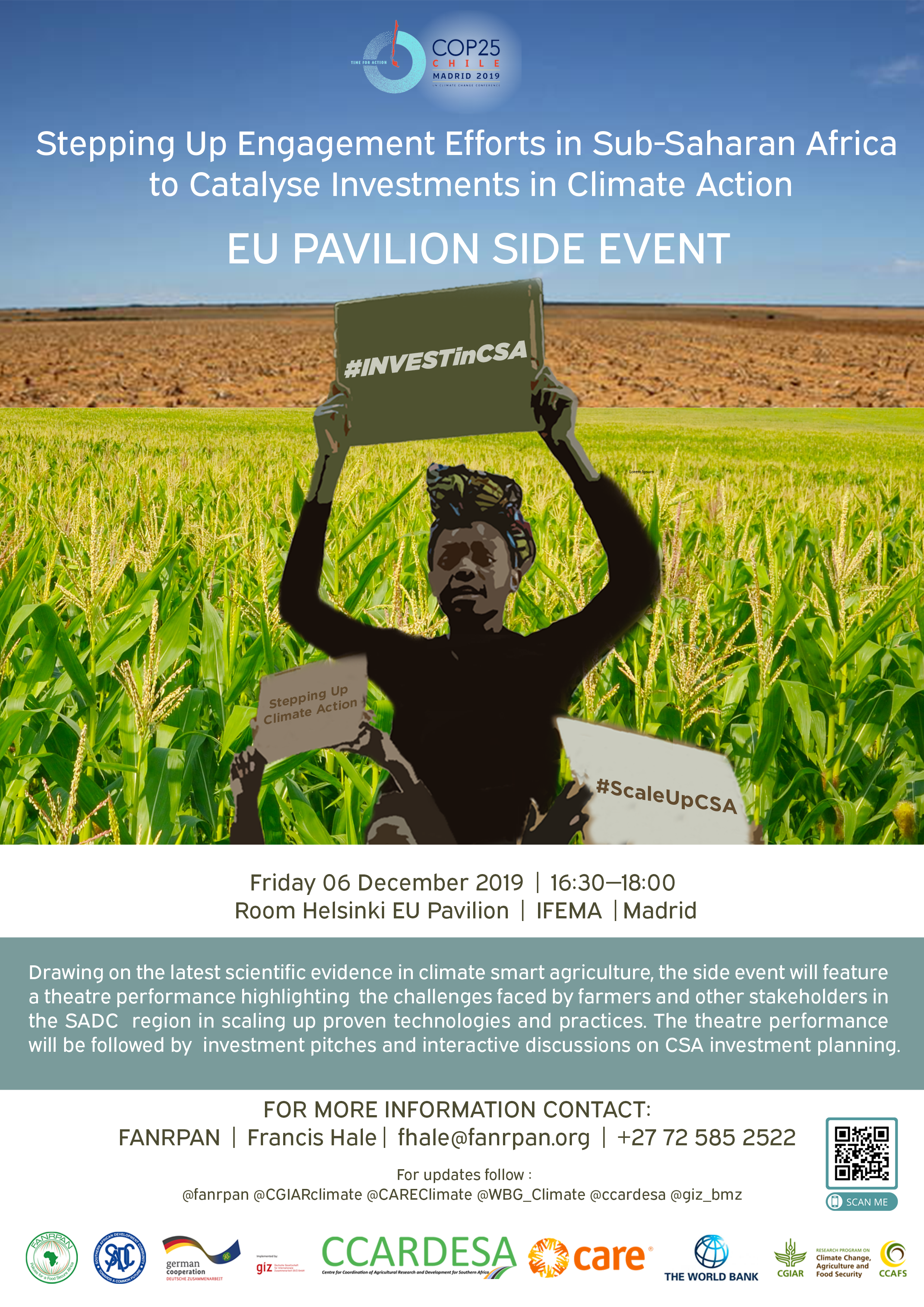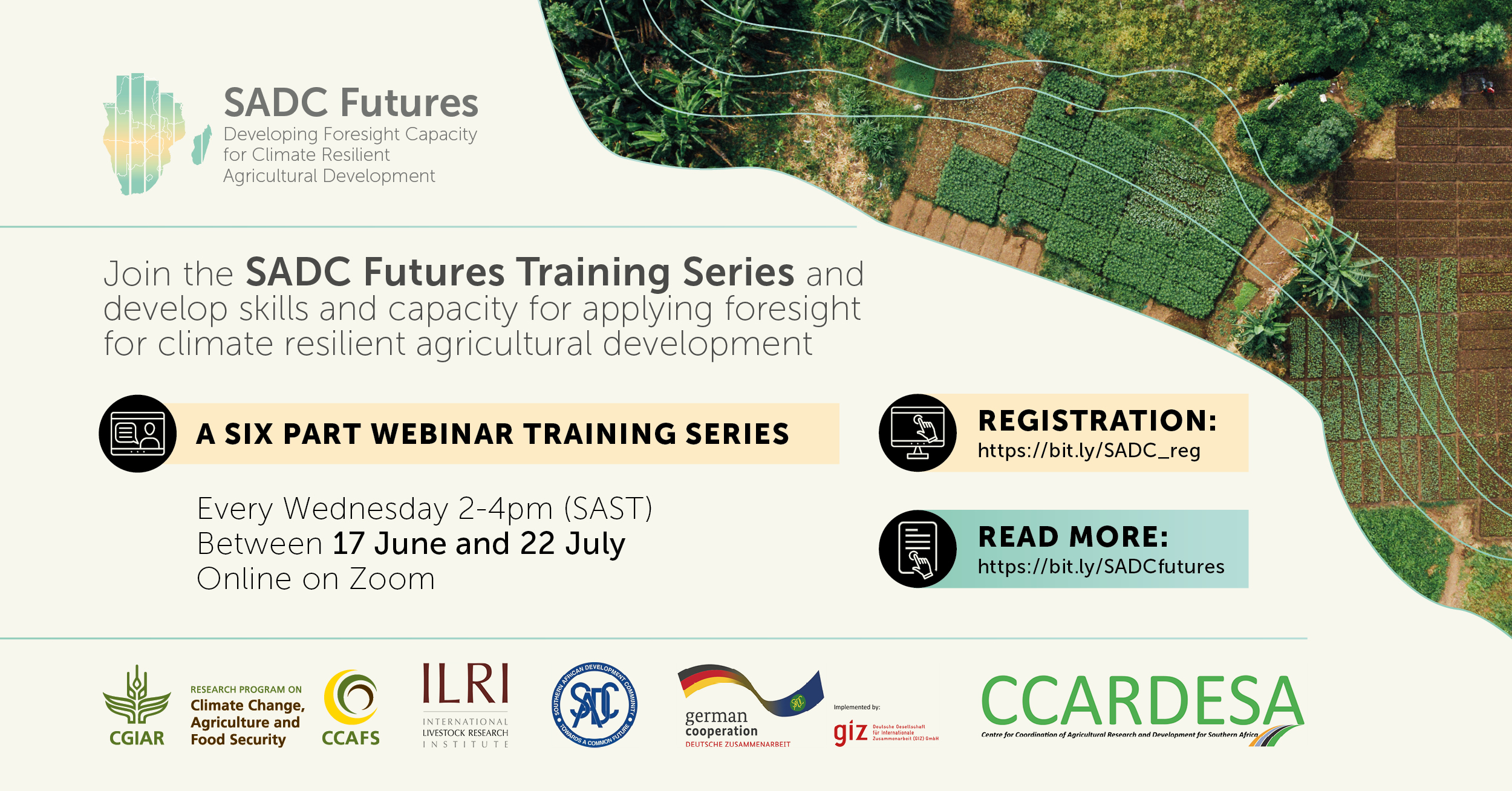WARDA - Growing lowland rice: a production handbook
Lowland rice accounts for 50% of the total rice produced in Nigeria. In recent years, WARDA has introduced several rice varieties, together with efficient natural resource/crop management and pest and disease management technologies to rice farmers in Nigeria and other West and Central African countries. Typical examples are the high yielding rice varieties: FARO 44 (SIPI), FARO 51 (CISADANE), FARO 52 (WITA 4), FARO 57 (TOX 40043-1- 2-1), and the lowland varieties of the New Rice for Africa (NERICA) that are currently being evaluated in several parts of Nigeria prior to full release. The majority of these introduced technologies have been accepted and become widespread in some states of Nigeria. However, these technologies came to the farmers without an accompanying handbook on how to plant/grow the varieties, quantity of seed to plant per hectare, how to apply fertilizers and herbicides, etc.
Nwilene F.E., Oikeh S.O., Agunbiade T.A., Oladimeji O., Ajayi O., Sié M., Gregorio G.B., Togola A. and A.D. Touré. Africa Rice Center (WARDA). Growing lowland rice: a production handbook. Contonou, Benin.







